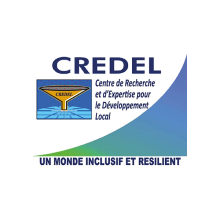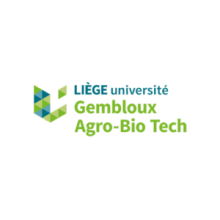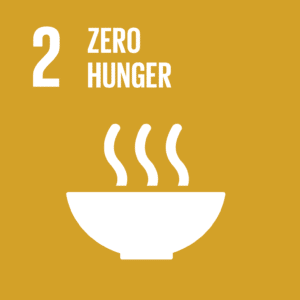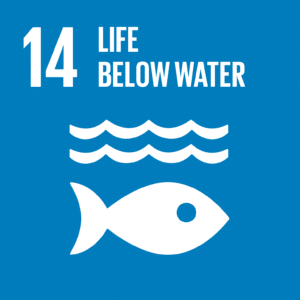Ecologic restoration of ecosystem services in 3 wetlands

Climate resilient communities in the Mono River flood plain in Benin
Food production in the Ahoho and Ablogname village areas of Athiémé (Benin) is under threat because, as a consequence of climate change, wetlands and other sources of water dry out more rapidly. This way farmers can produce crops for only four months of the year.
In addition, flooding now occurs almost yearly during the rainy season, contrary to the usual cycle of five-to-ten years. This is forcing farmers to produce less profitable, short-cycle crops.
Some wealthier growers drill for groundwater to irrigate their crops during the dry season. However, many others cannot do this and depend on increasingly scarce surface water and on the availability of water during the growing period.
Use of surface water from wetlands
The project will restore three wetlands that no longer play an adequate role in storing water because of increased sedimentation.
Sustainable solutions will be implemented for the increase, mobilization and efficient use of surface water from wetlands for horticulture during the critical period at the end of the dry season.
Steps will also be taken to protect villages against floods, recharge alluvial groundwater and to protect the valuable wetlands. The increased biodiversity in restored ecosystem will significantly improve socio-ecological the resilience of the local populations.
One hundred producers will benefit from improved access to agricultural water and they will be trained in the use of flood-friendly irrigation techniques, agroecology and water efficiency. The installation of a stabilized earth dike will protect 1,800 village inhabitants against regular flooding from the Mono River.
Certain ecological functions of the alluvial plain and associated wetlands, such as groundwater recharge and improved biodiversity, will be restored to increase the resilience of these ecosystems to climate change.
The results of sustainable ecological management of wetlands will be shared with local and national authorities with the objective to integrate these into their policies and planning tools.
Do you want to know more about this project?







